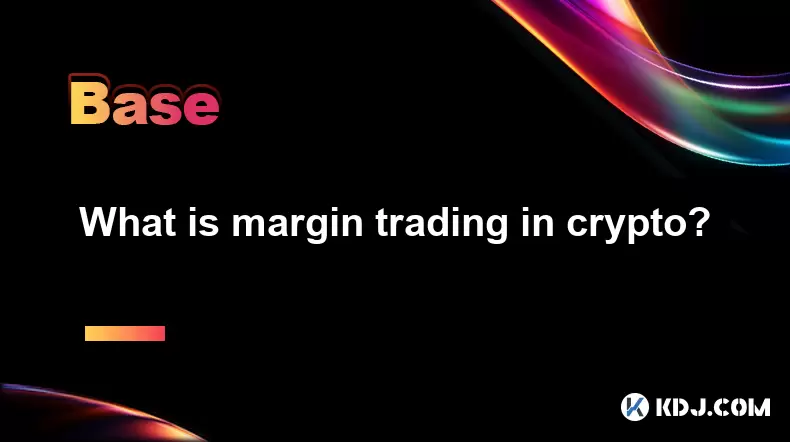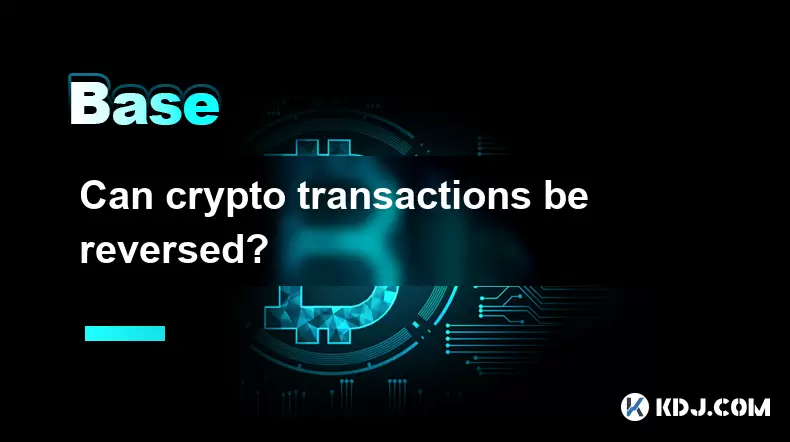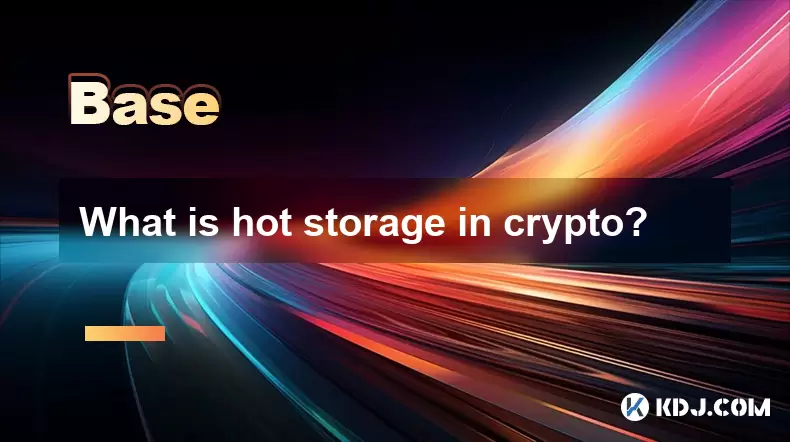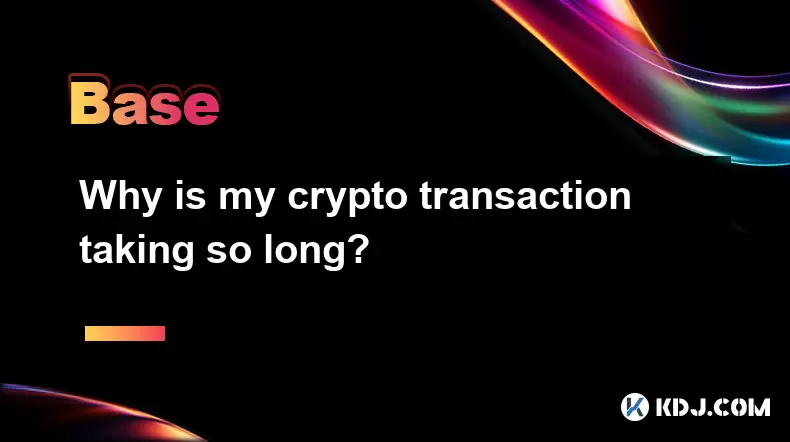-
 Bitcoin
Bitcoin $120500
1.76% -
 Ethereum
Ethereum $4193
-0.48% -
 XRP
XRP $3.234
1.03% -
 Tether USDt
Tether USDt $0.0000
-0.02% -
 BNB
BNB $798.6
-0.32% -
 Solana
Solana $179.3
-0.68% -
 USDC
USDC $0.9999
0.00% -
 Dogecoin
Dogecoin $0.2289
-1.49% -
 TRON
TRON $0.3405
-0.02% -
 Cardano
Cardano $0.7935
-0.01% -
 Hyperliquid
Hyperliquid $45.02
2.78% -
 Chainlink
Chainlink $21.44
-1.58% -
 Stellar
Stellar $0.4458
1.47% -
 Sui
Sui $3.756
-1.70% -
 Bitcoin Cash
Bitcoin Cash $590.0
3.98% -
 Hedera
Hedera $0.2543
-1.15% -
 Ethena USDe
Ethena USDe $1.001
-0.02% -
 Avalanche
Avalanche $23.48
-0.60% -
 Litecoin
Litecoin $127.5
4.38% -
 Toncoin
Toncoin $3.313
-0.65% -
 UNUS SED LEO
UNUS SED LEO $9.006
0.51% -
 Shiba Inu
Shiba Inu $0.00001322
-1.23% -
 Uniswap
Uniswap $10.69
0.49% -
 Polkadot
Polkadot $3.951
-1.48% -
 Dai
Dai $1.000
-0.01% -
 Cronos
Cronos $0.1650
2.94% -
 Ethena
Ethena $0.7955
6.47% -
 Bitget Token
Bitget Token $4.424
-0.39% -
 Monero
Monero $268.1
-1.22% -
 Pepe
Pepe $0.00001168
-2.62%
What is margin trading in crypto?
Margin trading in crypto lets traders borrow funds to amplify positions, but higher leverage increases both potential profits and the risk of liquidation.
Aug 11, 2025 at 12:42 pm

Understanding Margin Trading in Cryptocurrency
Margin trading in cryptocurrency allows traders to borrow funds from a broker or exchange to increase their trading position beyond what would be possible with their own capital alone. This leverage enables traders to amplify both potential profits and losses. When engaging in margin trading, a user must deposit a certain amount of cryptocurrency or stablecoin as collateral, often referred to as the initial margin. This collateral secures the loan provided by the exchange. For example, if a platform offers 5x leverage, a trader with $1,000 can control a position worth $5,000. The borrowed amount is known as the loaned margin, and interest may apply depending on the platform and duration of the trade.
How Leverage Works in Crypto Margin Trading
Leverage is the core mechanism that defines margin trading. It is expressed as a multiplier such as 2x, 5x, 10x, or even higher on some platforms. The choice of leverage directly impacts both risk and reward. Suppose a trader opens a long position on Bitcoin with 10x leverage using $1,000 of their own funds. They now control $10,000 worth of Bitcoin. If the price of Bitcoin increases by 5%, the profit is calculated on the full $10,000 position, resulting in a 50% return on the initial $1,000 investment. Conversely, a 5% drop would result in a 50% loss. The liquidation price is a critical concept here — it’s the price at which the position is automatically closed by the exchange to prevent further losses. This occurs when the value of the collateral falls below the required maintenance margin.
Types of Margin Trading: Isolated vs. Cross
Crypto exchanges typically offer two margin modes: isolated margin and cross margin. In isolated margin, the trader allocates a fixed amount of collateral to a specific position. If the market moves against the position, only that allocated amount is at risk. This mode provides better control over risk exposure. In contrast, cross margin uses the trader’s entire account balance as collateral. While this reduces the chance of liquidation because more funds are backing the position, it also means that a losing trade can affect the entire account balance. Traders should assess their risk tolerance before choosing a mode. Some platforms allow switching between modes, but the change must be made before opening the position.
Step-by-Step Guide to Starting Margin Trading
To begin margin trading on a cryptocurrency exchange, follow these essential steps:
- Verify your account on a supported exchange such as Binance, Bybit, or Kraken. This usually involves submitting identification documents.
- Deposit funds into your margin wallet. This can be done by transferring crypto from your spot wallet or external wallet.
- Enable margin trading in your account settings. Some platforms require users to accept risk disclosures before activation.
- Transfer funds from your spot wallet to your margin wallet using the internal transfer function.
- Select a trading pair available for margin, such as BTC/USDT or ETH/USD.
- Choose your leverage using the leverage selector on the trading interface.
- Open a position by placing a long (buy) or short (sell) order based on your market prediction.
- Monitor your position closely, paying attention to the liquidation price and margin level.
Each step must be executed with caution. Mistakes such as using excessive leverage or failing to monitor price movements can lead to rapid losses.
Risks and Mechanisms of Liquidation
One of the most critical aspects of margin trading is understanding liquidation. When the market moves against a leveraged position, the equity in the position decreases. Once the equity drops below the maintenance margin requirement, the exchange automatically closes the position to prevent the trader from owing more than their collateral. For example, with a 10x long position on Bitcoin and a maintenance margin of 5%, if the price falls enough to reduce equity below that threshold, the system triggers a liquidation event. During liquidation, the position is closed at market price, often resulting in a total loss of the initial margin. Some platforms charge a liquidation fee on top of the loss. Traders can use stop-loss orders or take-profit orders to manage risk and avoid unexpected liquidations.Interest Rates and Funding Costs
Borrowing funds for margin trading incurs costs. Exchanges charge interest on borrowed assets, which is usually calculated on a per-minute or hourly basis. The rate depends on the asset, leverage level, and platform policies. For instance, borrowing USDT for a long position might carry an annual percentage rate (APR) of 10%, but it’s applied incrementally. Additionally, in peer-to-peer margin systems, interest rates are determined by supply and demand. High demand for borrowing a specific coin increases the rate. Traders must factor in these costs when calculating potential profits. Holding a leveraged position for an extended period can erode gains due to accumulated interest, even if the price moves favorably.Frequently Asked Questions
What happens if my margin position gets liquidated?
When a position is liquidated, the exchange automatically closes it at the current market price. The remaining collateral after covering the borrowed funds and fees may be returned, but in most cases, the entire initial margin is lost. Some platforms impose additional penalties or insurance fund deductions.Can I short sell using margin trading in crypto?
Yes, short selling is a standard feature in crypto margin trading. By opening a short position, traders borrow an asset, sell it at the current price, and aim to buy it back at a lower price to return the borrowed amount and keep the difference as profit. This strategy profits from falling prices.Which cryptocurrencies support margin trading?
Major cryptocurrencies like Bitcoin (BTC), Ethereum (ETH), Binance Coin (BNB), and Solana (SOL) are commonly available for margin trading. Stablecoins such as USDT and USDC are also frequently used as quote currencies. Availability depends on the exchange and regional regulations.Do all crypto exchanges offer margin trading?
No, not all exchanges support margin trading. Some platforms focus solely on spot trading due to regulatory restrictions or risk management policies. Users must verify whether their chosen exchange provides margin services and review the associated terms, including leverage limits and supported assets.
Disclaimer:info@kdj.com
The information provided is not trading advice. kdj.com does not assume any responsibility for any investments made based on the information provided in this article. Cryptocurrencies are highly volatile and it is highly recommended that you invest with caution after thorough research!
If you believe that the content used on this website infringes your copyright, please contact us immediately (info@kdj.com) and we will delete it promptly.
- Superman Takes Flight: A Deep Dive into the Comic Program and Coin Medals
- 2025-08-11 20:30:12
- Shiba Inu's Comeback Trail and the Meme Coin Mania: Can $SHIB Deliver a 12,000x Return?
- 2025-08-11 18:30:11
- Proof of Trust, Transparency, and User Safety: Keeping Crypto Real
- 2025-08-11 18:50:12
- Pudgy Penguins, Bitcoin Penguins, and the $22M Meme Coin Mania: A New York Perspective
- 2025-08-11 17:10:11
- Bitcoin L2 Heats Up: SatLayer (SLAY) Lists on KuCoin Amidst Layer-2 Boom
- 2025-08-11 16:50:12
- Ethereum, Coin Market Cap, and Solfart Token: A Wild Ride in the Crypto Universe
- 2025-08-11 17:50:12
Related knowledge

Can crypto transactions be reversed?
Aug 10,2025 at 01:35am
Understanding the Immutability of Blockchain TransactionsCryptocurrency transactions are built on blockchain technology, which is designed to be immut...

What happens if I forget my crypto wallet password?
Aug 09,2025 at 08:50am
Understanding the Role of a Crypto Wallet PasswordA crypto wallet password serves as a critical security layer that protects access to your digital as...

What is hot storage in crypto?
Aug 11,2025 at 07:08am
Understanding Hot Storage in CryptocurrencyHot storage refers to cryptocurrency wallets that are connected to the internet. Unlike cold storage soluti...

What is the best crypto portfolio tracker?
Aug 10,2025 at 05:08am
Understanding the Role of a Crypto Portfolio TrackerA crypto portfolio tracker is a digital tool designed to help investors monitor the performance of...

Why is my crypto transaction taking so long?
Aug 11,2025 at 11:35am
Understanding Blockchain Network CongestionWhen a crypto transaction is delayed, one of the most common causes is network congestion on the blockchain...

Can you reuse a crypto wallet address?
Aug 08,2025 at 03:49pm
Understanding Wallet Addresses in CryptocurrencyA crypto wallet address is a unique identifier used to send and receive digital assets on a blockchain...

Can crypto transactions be reversed?
Aug 10,2025 at 01:35am
Understanding the Immutability of Blockchain TransactionsCryptocurrency transactions are built on blockchain technology, which is designed to be immut...

What happens if I forget my crypto wallet password?
Aug 09,2025 at 08:50am
Understanding the Role of a Crypto Wallet PasswordA crypto wallet password serves as a critical security layer that protects access to your digital as...

What is hot storage in crypto?
Aug 11,2025 at 07:08am
Understanding Hot Storage in CryptocurrencyHot storage refers to cryptocurrency wallets that are connected to the internet. Unlike cold storage soluti...

What is the best crypto portfolio tracker?
Aug 10,2025 at 05:08am
Understanding the Role of a Crypto Portfolio TrackerA crypto portfolio tracker is a digital tool designed to help investors monitor the performance of...

Why is my crypto transaction taking so long?
Aug 11,2025 at 11:35am
Understanding Blockchain Network CongestionWhen a crypto transaction is delayed, one of the most common causes is network congestion on the blockchain...

Can you reuse a crypto wallet address?
Aug 08,2025 at 03:49pm
Understanding Wallet Addresses in CryptocurrencyA crypto wallet address is a unique identifier used to send and receive digital assets on a blockchain...
See all articles

























































































